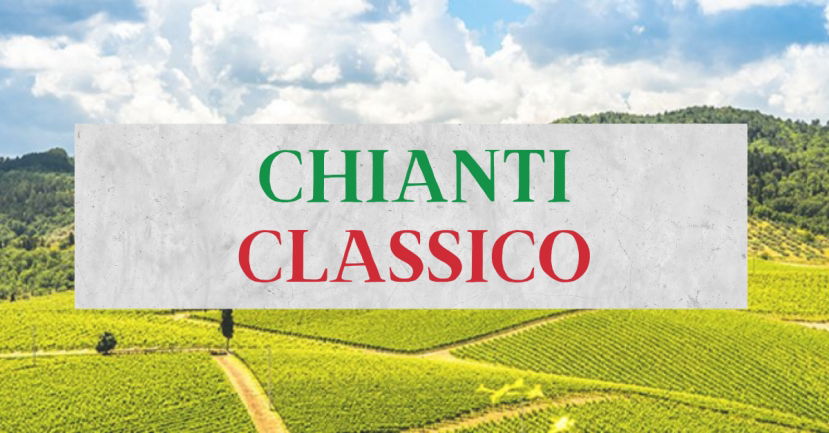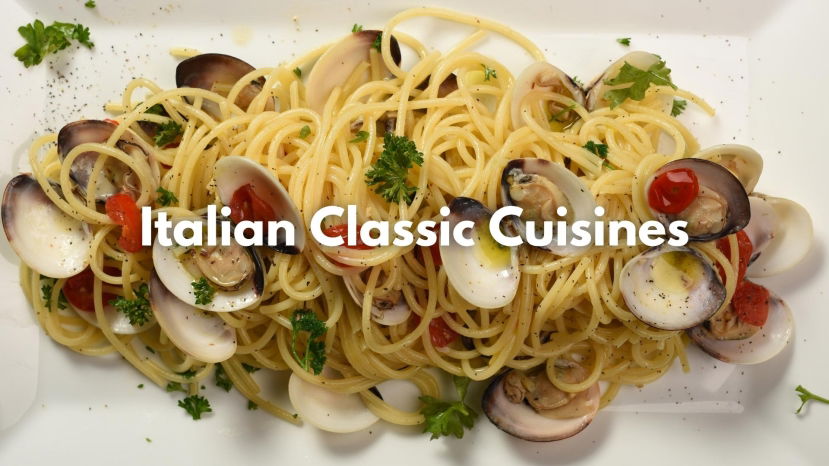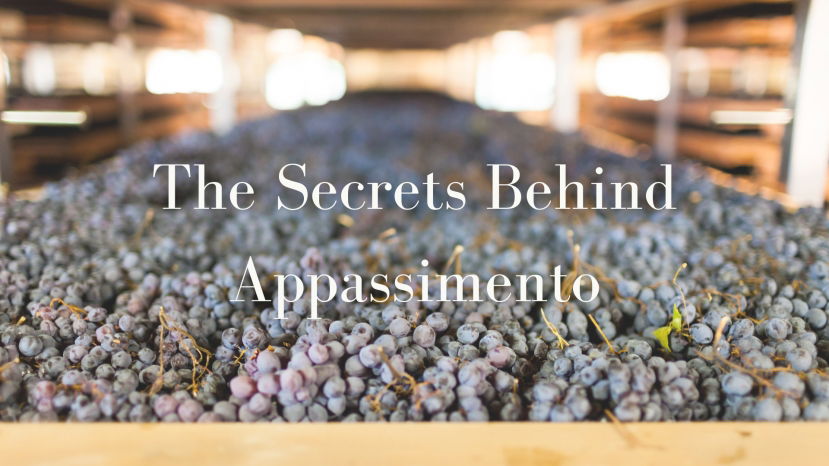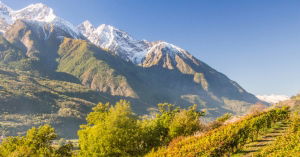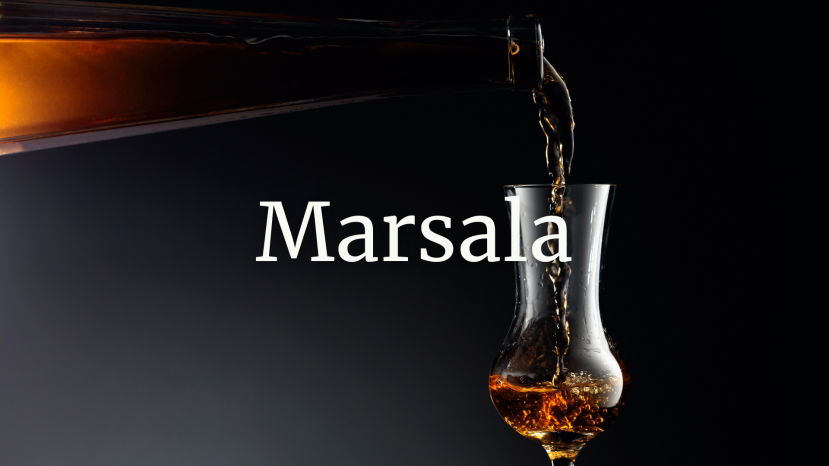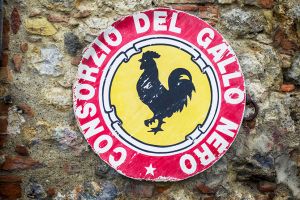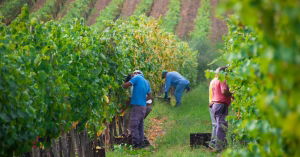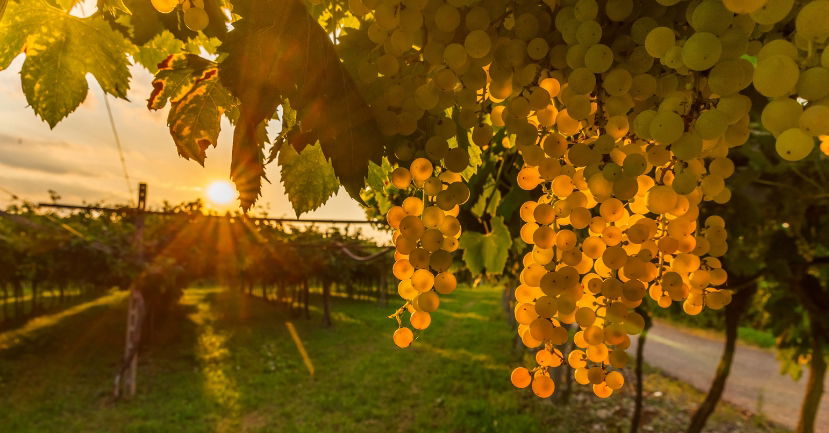BLOG
italian wines
Any wine student or lover of Italian wines can name the country’s most famous red wines, such as Barolo, Brunello di Montalcino or Amarone della Valpolicella. But given the variety of Italian wines and grape types, it stands to reason that there are many more examples produced throughout the country. This article is the first in a series about a few of the lesser known red wines of Italy; we begin with Piemonte. While there are three famous red varieties in Piemonte – Nebbiolo, Barbera and Dolcetto – there are several others that produce very expressive wines.
Summary: Barolo, produced exclusively from Nebbiolo, is one of the world’s most celebrated wines. Here in a production zone in southern Piedmont, a mixture of soils and other conditions combine to make wines that can truly be defined as products of terroir. Join us for an in-depth look at the finest vineyards and producers of Barolo, from the perfumed examples of La Morra and Verduno to
Summary: Chianti Classico: From Medici to Marvelous. Nestled in the hills of Tuscany with some of the most unique soils in the world with one of the greatest grapes in the world, Chianti Classico is a wine that conjures up the best (and worst) associations within the world of wine. Get the inside scoop! Join Jeffrey Porter, Beverage Director for the acclaimed Italian restaurant group Batali & Bastianich, as he guides you through the history and specificities of
Summary: Join Barbara Philip MW on a wine lover’s tour of Northern Italian cuisine. Discover why food and wine that grew up together make such timeless matches and why the table is the center of Italian culture, regardless of the region. The focus will be on ingredients, rather than technique, and how the food is enjoyed both in restaurants and at home.
Summary: Sure, everyone knows Prosecco — or at least thinks they do. But most people are familiar with only the very tip of the iceberg, which also happens to be the simplest, most commercial part of it. In this webinar we’ll take a close look at the unique winegrowing area of Conegliano Valdobbiadene, located in the hills north of Venice where
Summary: A very ancient wine production method probably used by the Phoenicians and certainly by the Greeks, the Italians have raised it to an art form producing today some of the world’s most alluring wines. In this WSG Live, we will discover the secrets behind “appassimento”, learn its challenges in various regions of Italy and, how it affects the style and the quality of the final
Whether it is in the bilingual wine labels of Alto Adige, or the occasional Slavic grape name in Friuli Venezia Giulia, Italian wine often reveals the duality of culture present in some of the country’s border regions. Tucked into Italy’s northwestern corner, Valle d’Aosta certainly demonstrates this, as its language, cuisine and wine seem to have one foot in Italy and another in France.
Summary: Contrary to popular belief Franciacorta is not a new wine region in fact wines have been produced in this region since the sixteenth century. However, the modern history of the region began in 1961 with the production of the first sparkling wine in the region by Franco Ziliani, winemaker at the Guido Berlucchi winery. The popularity of these wines attracted the attention of
Summary: For many years the area around Marsala has been producing a fortified wine that enchanted the English merchants landing on the western coast of Sicily in the XIX century. This wine was sold around the globe gaining the same reputation as the well-known Port, Sherry and Madeira wines. Unfortunately, its big success and the large-scale production undermined its reputation, converting it into a wine often associated with low quality and price. But thanks to stubborn
The Gallo Nero (Black Rooster) was the historic symbol of the League of Chianti and has become the symbol of the wines of Chianti Classico. The Black Rooster symbol is linked to a medieval legend that takes place during the time of open hostilities between Firenze and Siena for control of the Chianti territory.
Italy's white wines are as diverse as the country's reds. There is an Italian white wine with a trove of native varieties to fit every budget and occasion. Unfortunately, there are so many choices that shopping for Italian white wine can be overwhelming. It doesn't help matters that many of the white grapes have similar-looking names. However, you don't have to memorize an encyclopedia to find the perfect wine for dinner. Knowing a few essential wines will ease the confusion and simplify the shopping trip (hint, if the grape or wine name has a "v" in it, you will probably love it.)
I returned to Campania recently for the first time in three years and as with most Italian regions, discovered that not much had changed, at least as far as appearances are concerned. I did meet a few producers I hadn’t visited before, with one of them – Petilia – being a great new discovery for me. More on that below, but overall what impressed me most was the consistency of the wines, white and red.
When you think of Italy’s vast array of wine grapes, which one comes to mind as the most difficult to study? Maybe Nebbiolo, for its seemingly endless site-specific details? Or Sangiovese, simply because there is so much of it, in so many different forms? I would posit that Trebbiano is perhaps the most perplexing. For one, Trebbiano grapes appear in vineyards across the Italian peninsula. In the case of Trebbiano Toscano and Trebbiano Romagnolo, they are among the most widely planted white wine grapes in Italy. The potential for variability is astounding.



